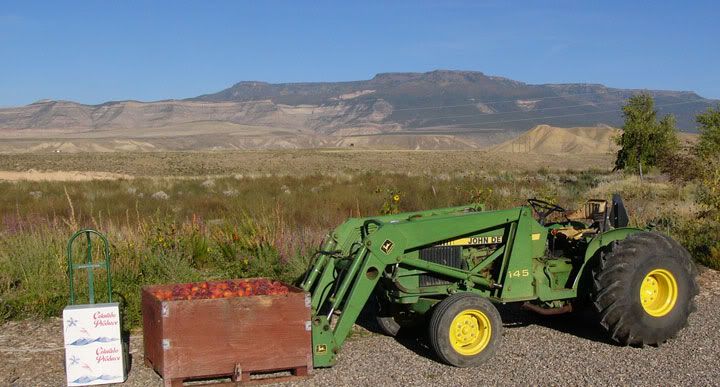Here is my plan of attack, it would be great if you guys could helpfully poke it full of holes.
You've gotten some good suggestions from others but I'll add mine:
1. Thaw frozen peaches
A good start.
2. Purify peaches with blender (unless people think I should skip this step)
Do not do this! It will make an unnecessary mess and cause your wine to take longer to clear (if ever), and increase racking losses. The yeast will completely break down fresh halved peaches, and yours are already substantially broken down from having been frozen.
3. Mix/Boil other ingredients together and add after cooled (sugar/water/yeast nutrient/campden) [should i add campden in separately?]
No, don't heat any fruit above room temp because it can set the pectins in the fruit to make the wine more difficult to clear.
Add campden or potassium metabisulfite right away and stir occasionally as it thaws. You can thaw fruit in a warm water bath, but not too hot. Tyr to keep the fruit covered with liquid to minimize oxidation/browning. Once the peach/must is thawed, measure specific gravity using a hydrometer and add sugar to achieve the desired SG/end alcohol level. Just stir the in sugar to dissolve it, no heat necessary.
5. Wait 8-12 hours, add pectic enzyme
No need to wait, add pectic enzyme.
6. Wait 8-12 hours, add yeast
Fine, now you can wait to let campden and pectic enzyme work, then add the yeast starter.
7. Ferment for 10-14 days at 70 degrees in bucket (using fermentation fridge)
I'm not sure what your fermentation fridge is doing but room temperature is fine. Depending on the temp and type of yeast the must will be mostly fermented in about 5-7 days. Test with a hydrometer. At about SG 1.010, use a strainer bag or pressing bag to separate the juice from the pulp as best you can, then transfer to carboy. Without a press you'll have to do this by hand in a bucket. Twist and squeeze. 
From the beginning of fermentation, be careful to stir your must several times a day to avoid hydrogen sulfide. For this reason, I recommend Lalvin 1118, not Montrachet.
8. Transfer to carboy and leave out at room temperature (65-80 degrees)
9. Transfer after 30 days
Be sure to keep your sulfite level up at each racking. Approx. 1/2 tsp. Kmeta initially, then 1/8 tsp. thereafter. Don't let wine sit on heavy lees for an extended period.
10. Repeat #9 until clear or no sediment
11. Sweeten
Using potassium sorbate first, of course... Good luck!.
12. Bottle



